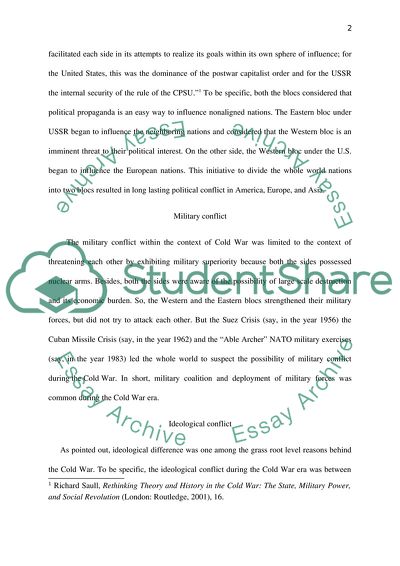Cite this document
(The Cold War-era Between Communism and Capitalism Term Paper Example | Topics and Well Written Essays - 2000 words - 1, n.d.)
The Cold War-era Between Communism and Capitalism Term Paper Example | Topics and Well Written Essays - 2000 words - 1. https://studentshare.org/history/1792073-the-cold-war-and-its-aftermath
The Cold War-era Between Communism and Capitalism Term Paper Example | Topics and Well Written Essays - 2000 words - 1. https://studentshare.org/history/1792073-the-cold-war-and-its-aftermath
(The Cold War-Era Between Communism and Capitalism Term Paper Example | Topics and Well Written Essays - 2000 Words - 1)
The Cold War-Era Between Communism and Capitalism Term Paper Example | Topics and Well Written Essays - 2000 Words - 1. https://studentshare.org/history/1792073-the-cold-war-and-its-aftermath.
The Cold War-Era Between Communism and Capitalism Term Paper Example | Topics and Well Written Essays - 2000 Words - 1. https://studentshare.org/history/1792073-the-cold-war-and-its-aftermath.
“The Cold War-Era Between Communism and Capitalism Term Paper Example | Topics and Well Written Essays - 2000 Words - 1”. https://studentshare.org/history/1792073-the-cold-war-and-its-aftermath.


